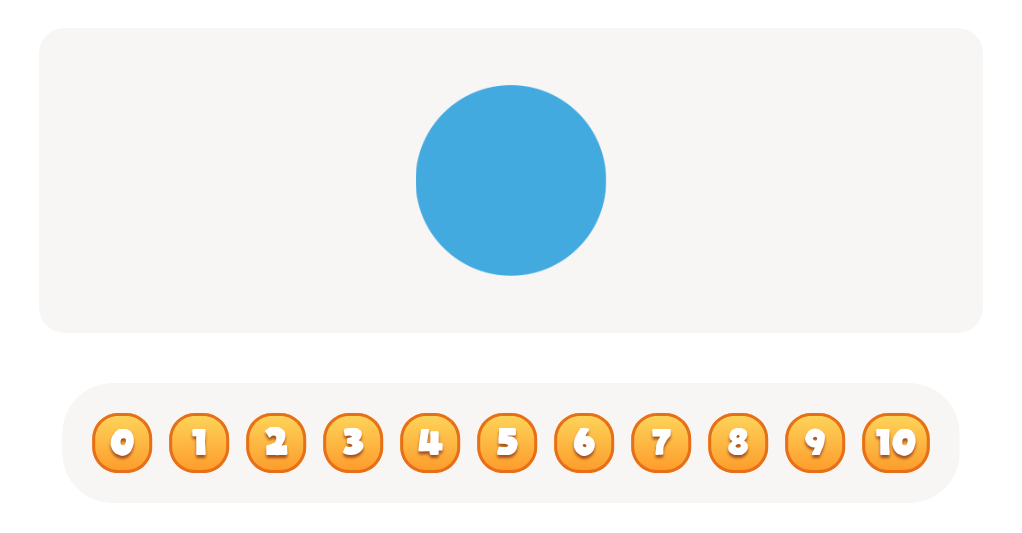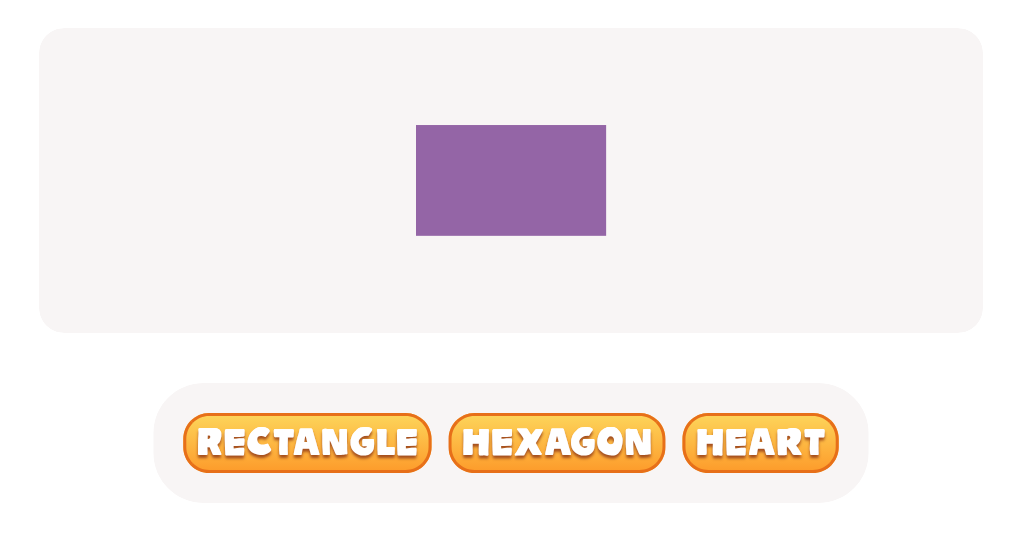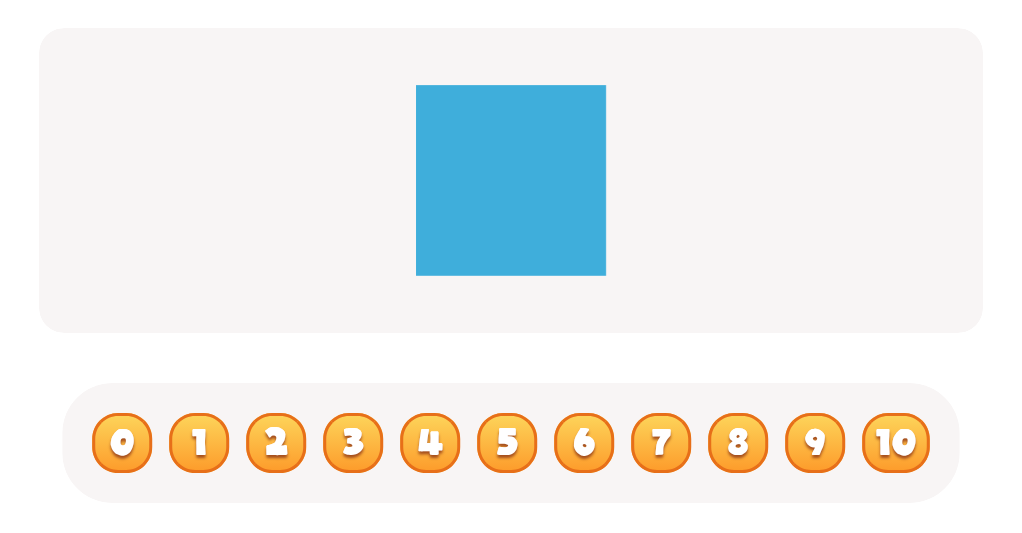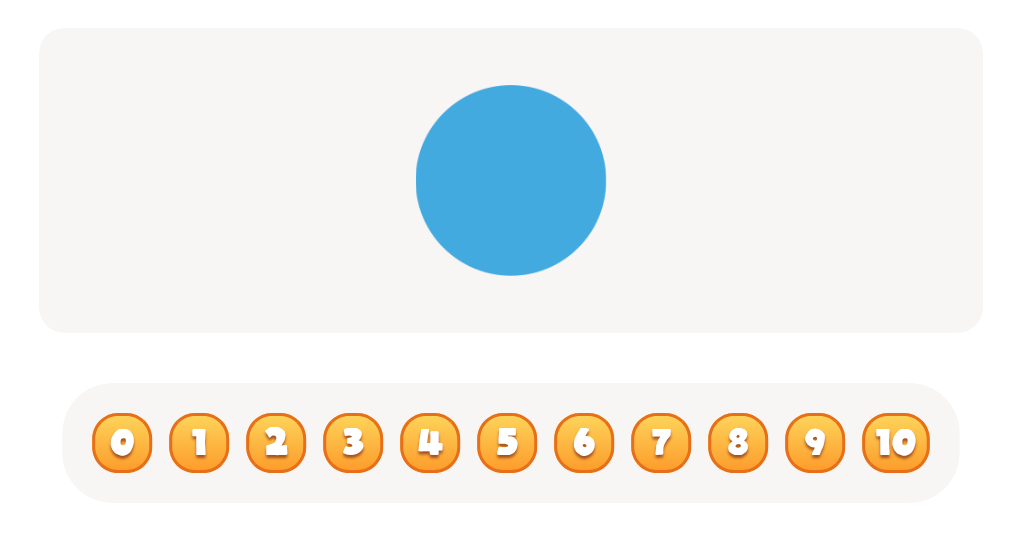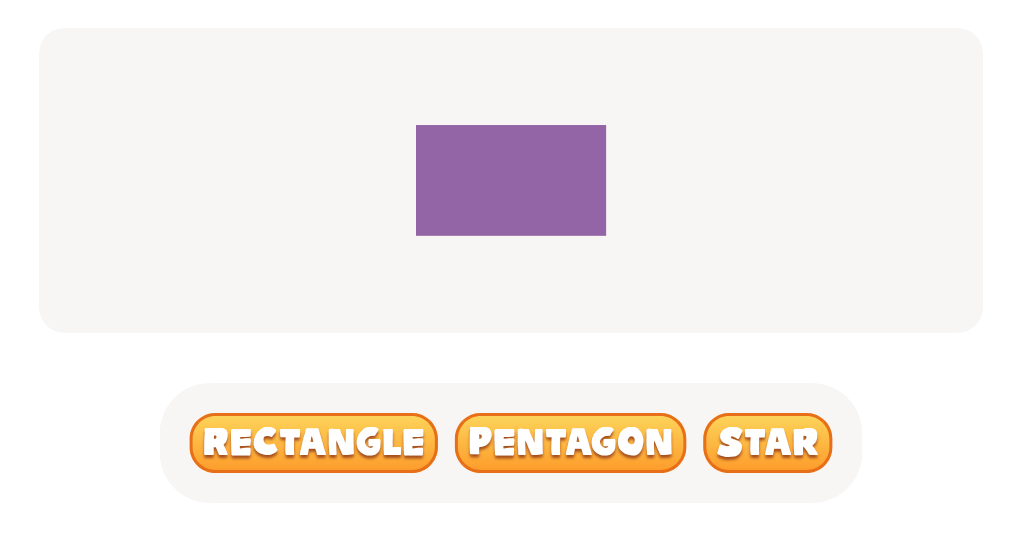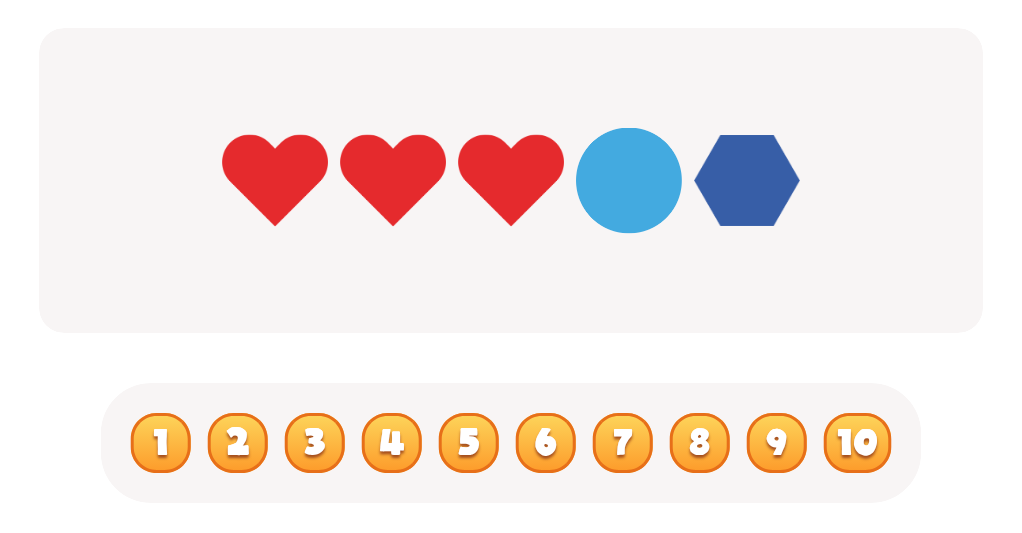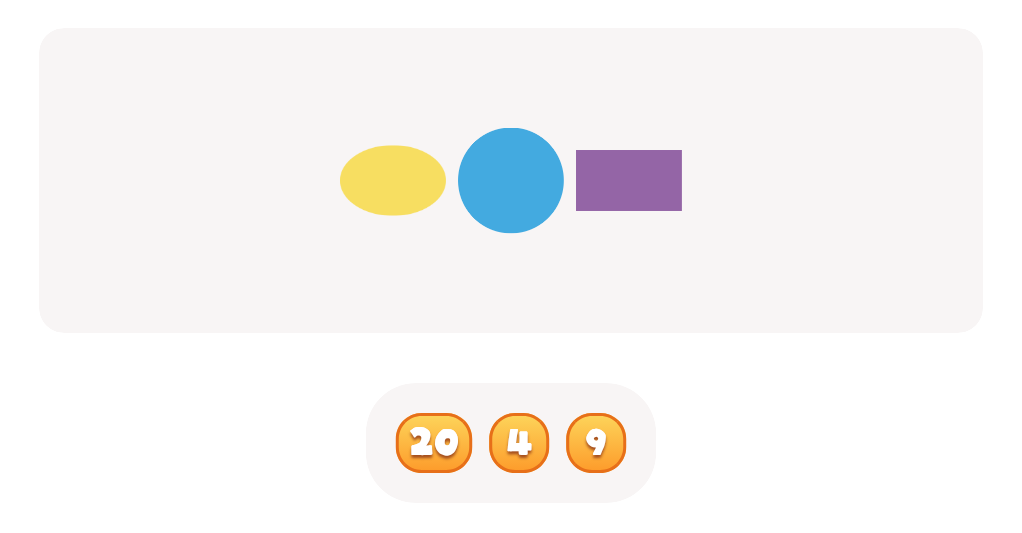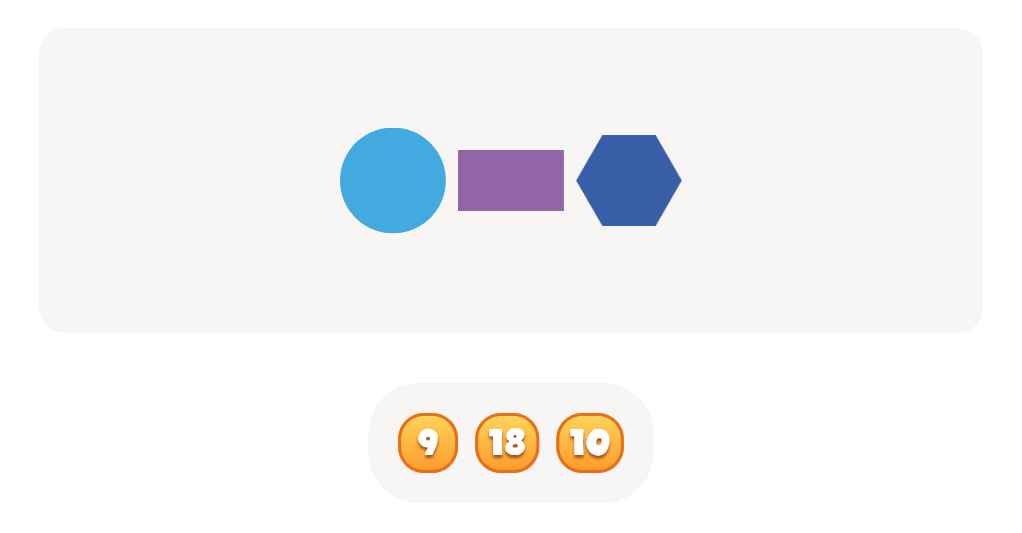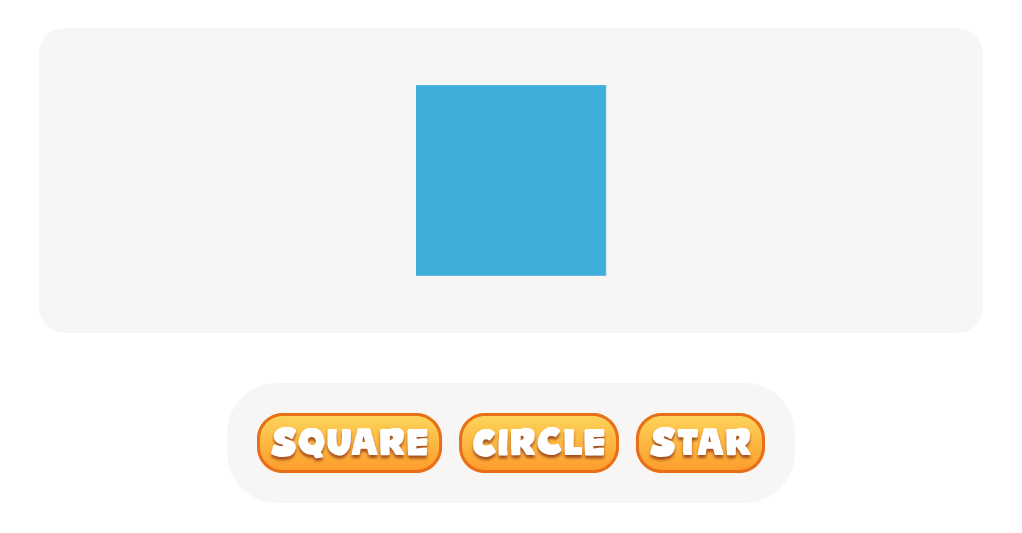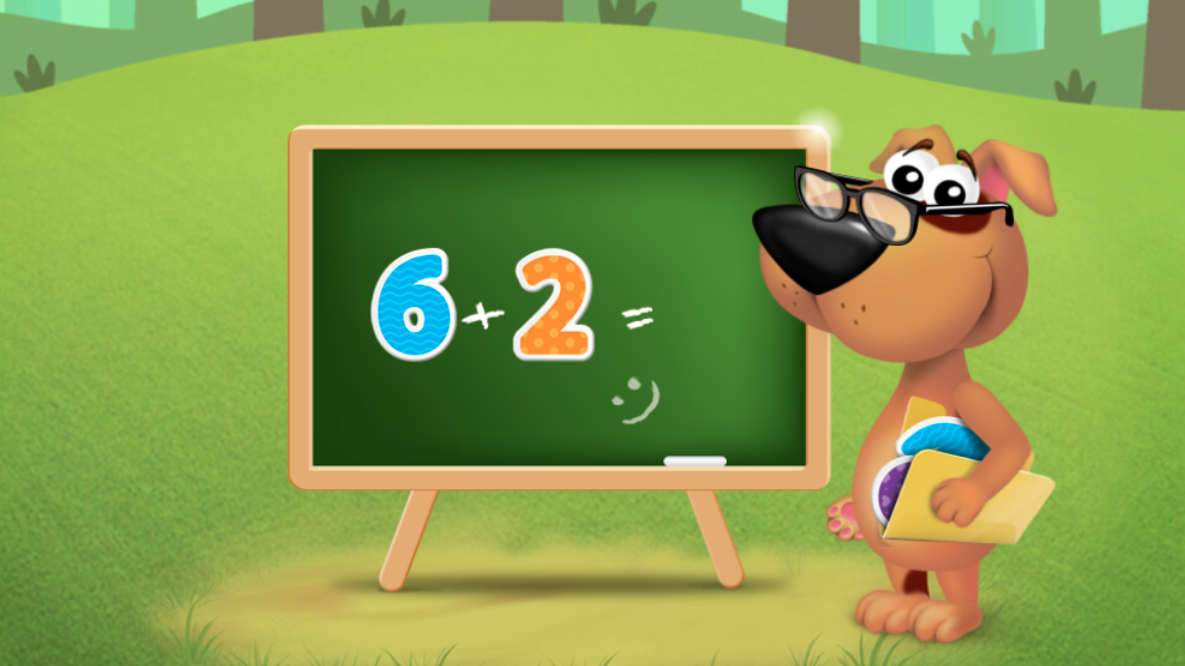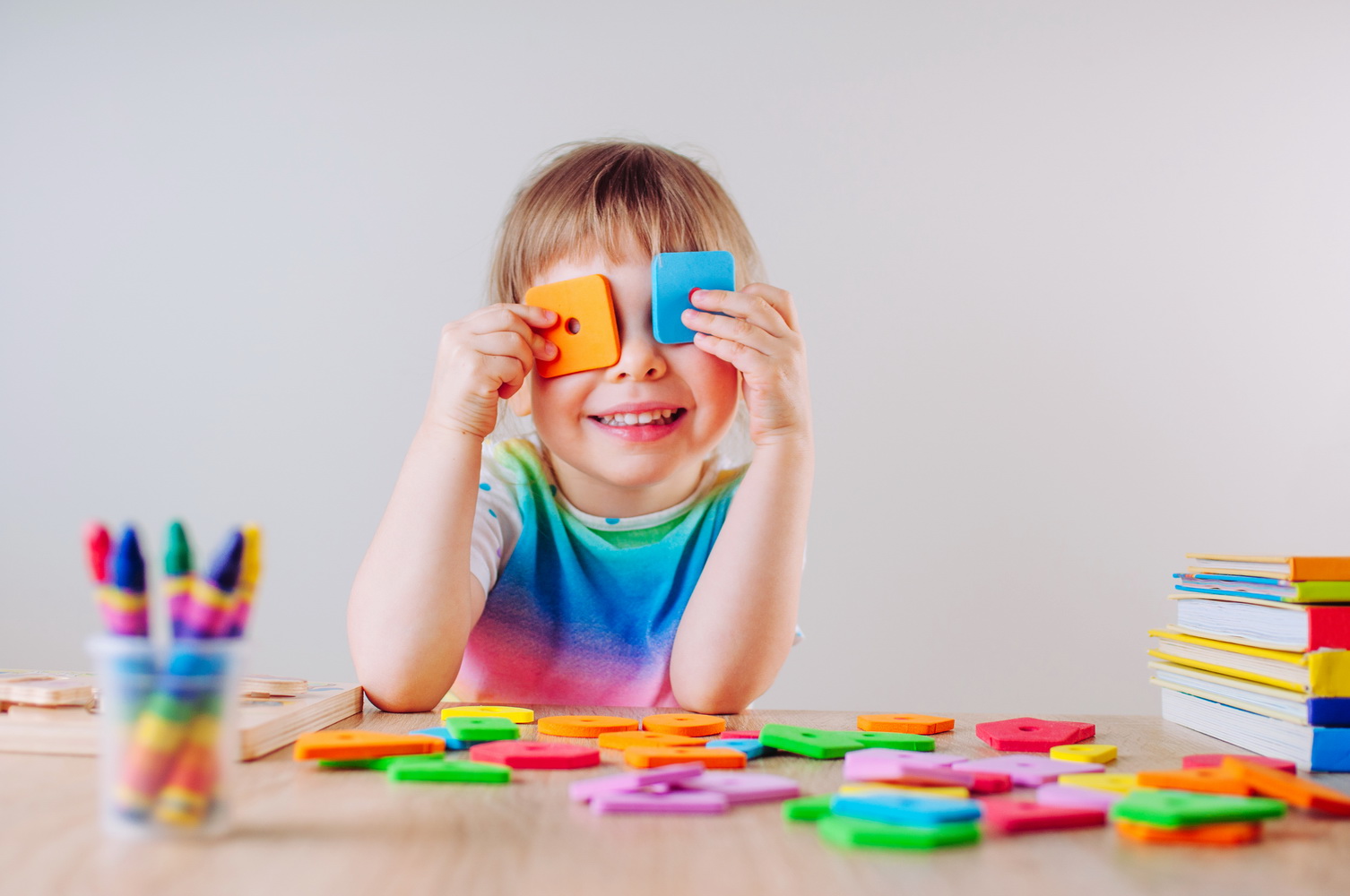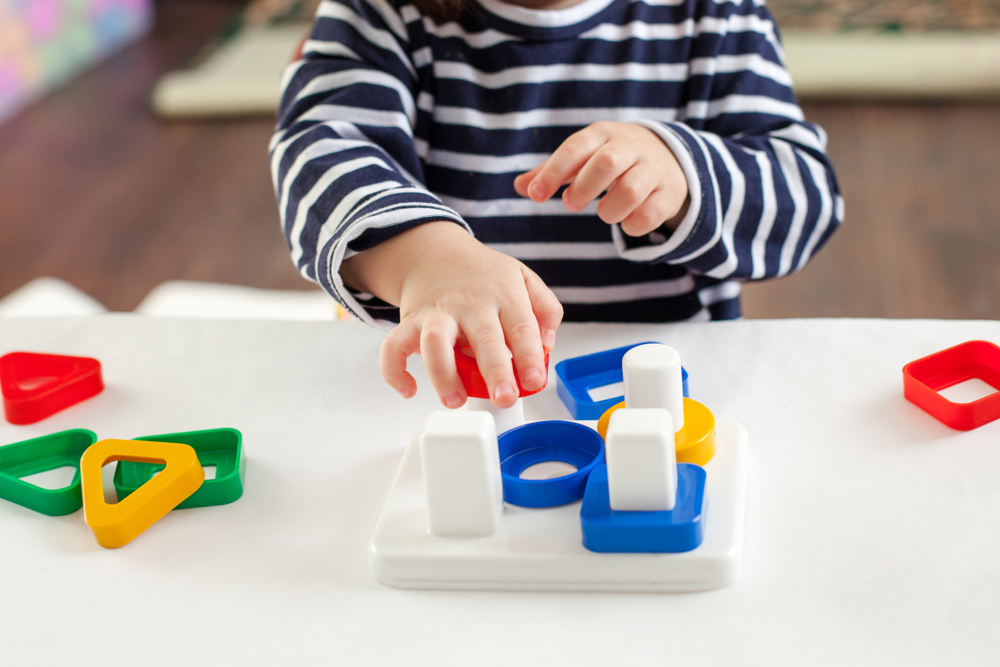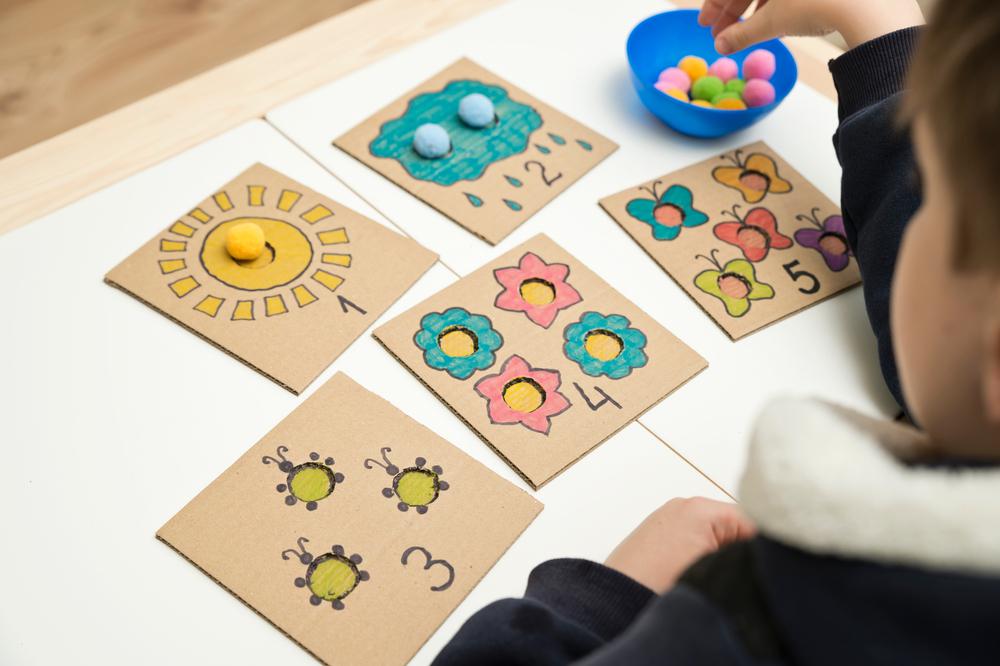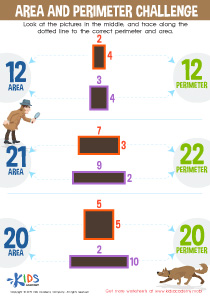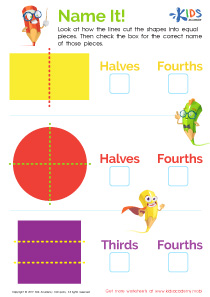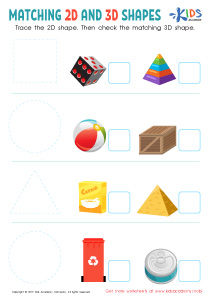Visual perception 2D Shapes Worksheets for Ages 4-8
4 filtered results
-
From - To
Welcome to our Visual Perception 2D Shapes Worksheets, designed for children ages 4-8! These engaging worksheets aim to enhance your child's understanding of essential math concepts through fun, interactive activities. Each worksheet focuses on visual perception skills, helping kids identify, compare, and classify various 2D shapes in a captivating way. With colorful illustrations and age-appropriate challenges, your little learners will develop critical thinking skills while boosting their confidence in recognizing shapes like circles, squares, triangles, and more. Discover a world of fun and learning that will support your child's early math journey—with our visual perception worksheets, necessary foundational skills become exciting play!
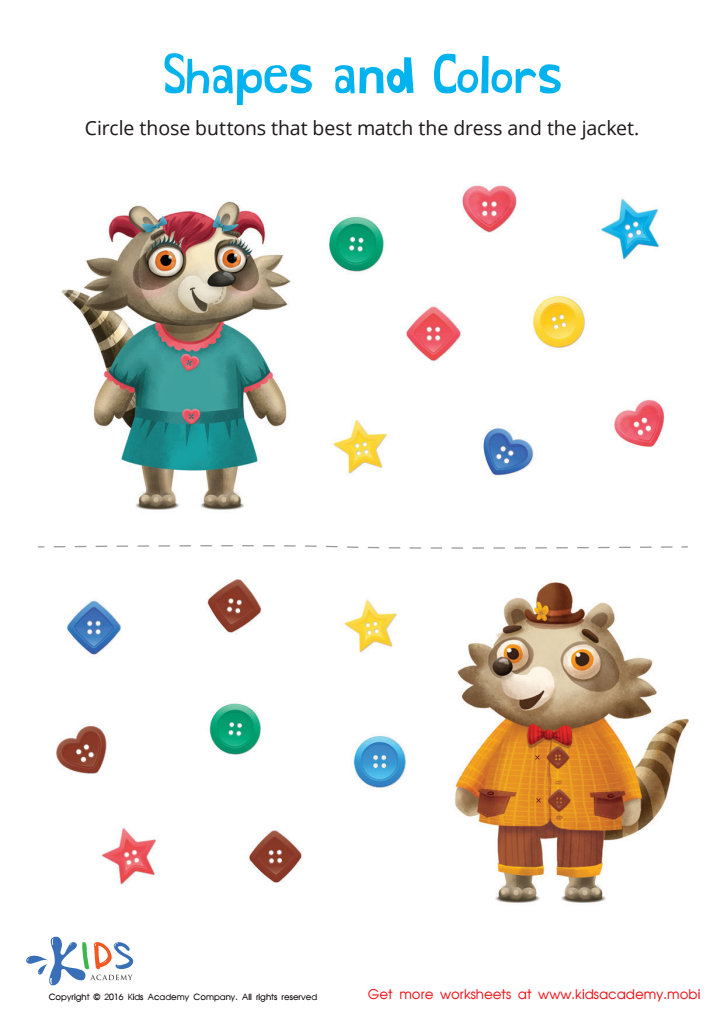

Matching: Shapes and Colors Worksheet
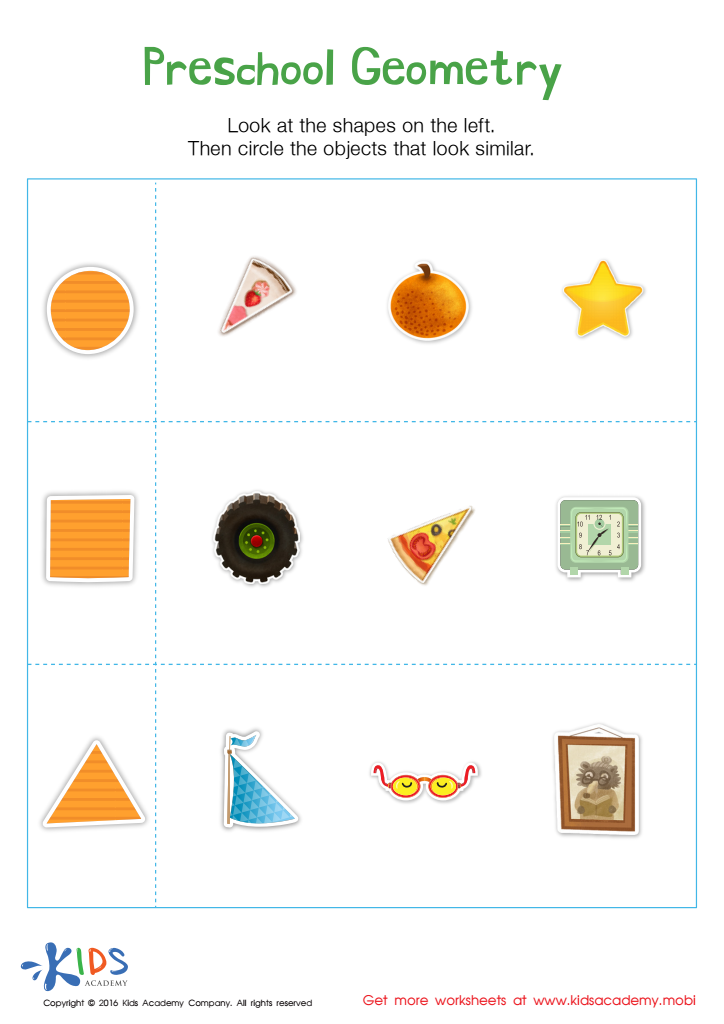

Preschool Geometry Match Up Worksheet
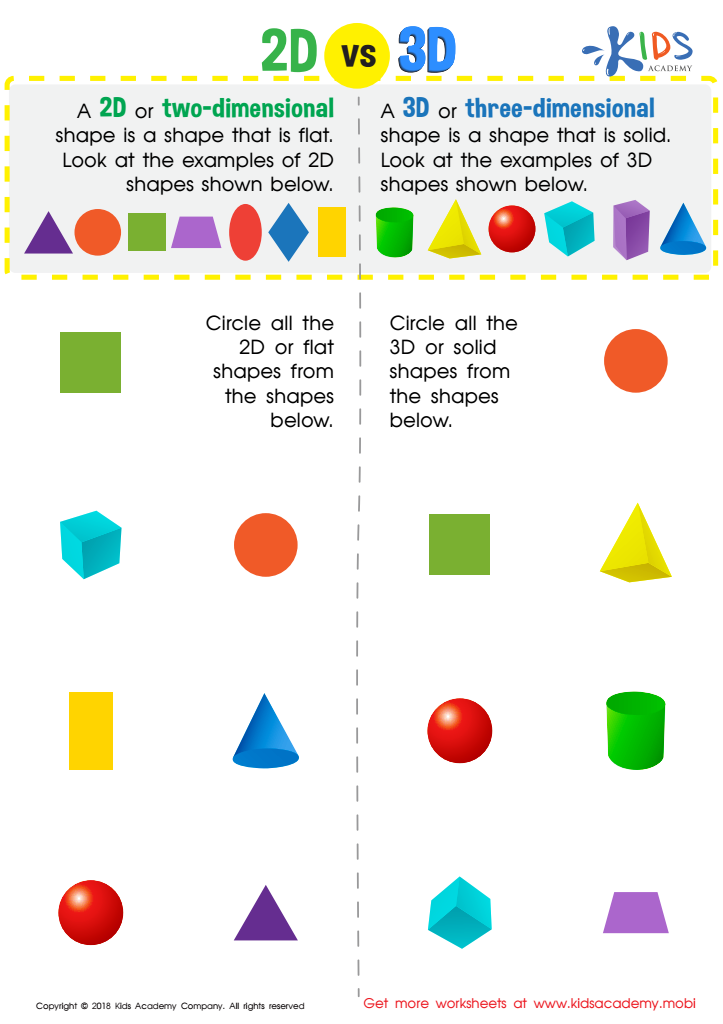

2D vs 3D Shapes Worksheet
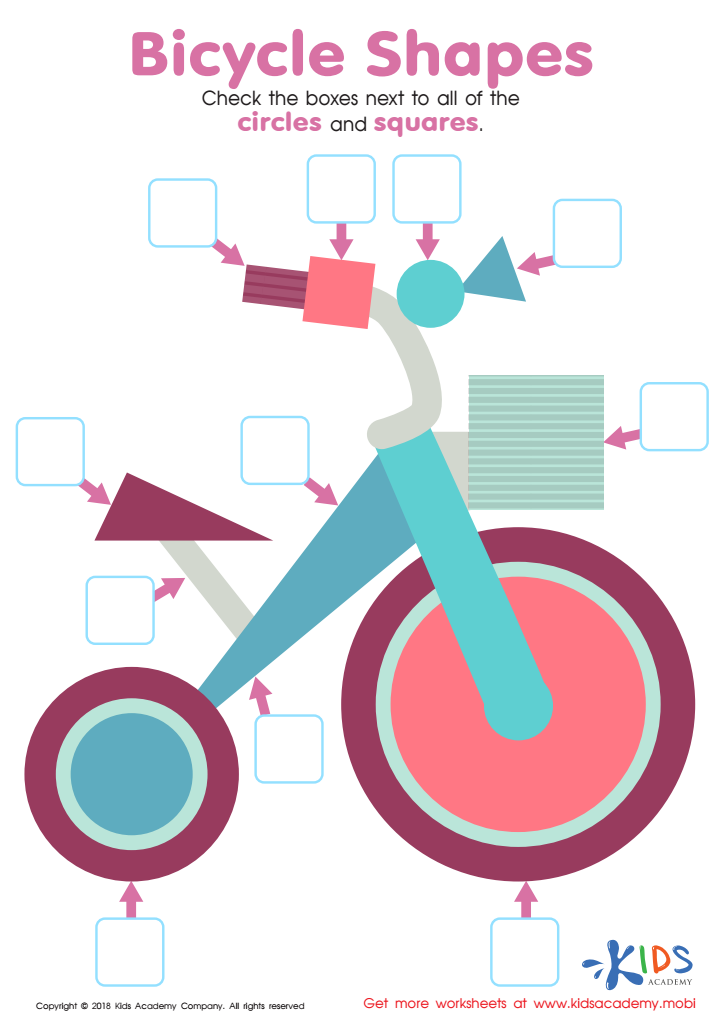

Bicycle Shapes Worksheet
Visual perception of 2D shapes is crucial for children aged 4 to 8 as it forms the foundation for various cognitive and academic skills. During these formative years, children learn to recognize, compare, and manipulate shapes, which enhances their understanding of the world around them. This skill supports mathematical reasoning, as recognizing shapes is essential for tasks such as counting, sorting, and basic geometry.
Additionally, strong visual perception aids in reading readiness. Understanding shapes and how they combine to form letters strengthens a child’s ability to recognize, differentiate, and decode written information. This early competency directly influences literacy development.
Moreover, visual perception skills contribute to spatial awareness and fine motor skills, crucial for tasks like writing, drawing, and even everyday activities such as navigation and sports. Engaging children in shape-related activities fosters problem-solving abilities, encouraging creative thinking.
Lastly, nurturing visual perception through play and interactive tasks promotes social skills. Children learn to collaborate and communicate with peers during group activities. Thus, parents and teachers should prioritize the development of these skills, ensuring children are equipped for future learning and life experiences. Investing in visual perception development early creates a robust framework for lifelong success.
 Assign to My Students
Assign to My Students
